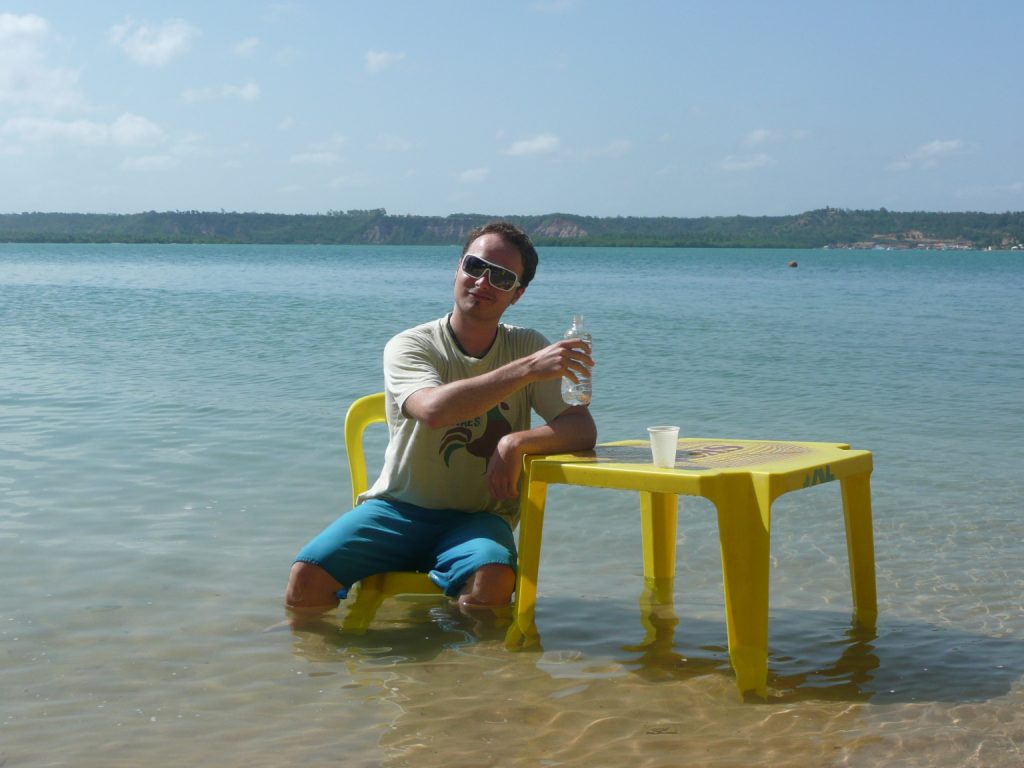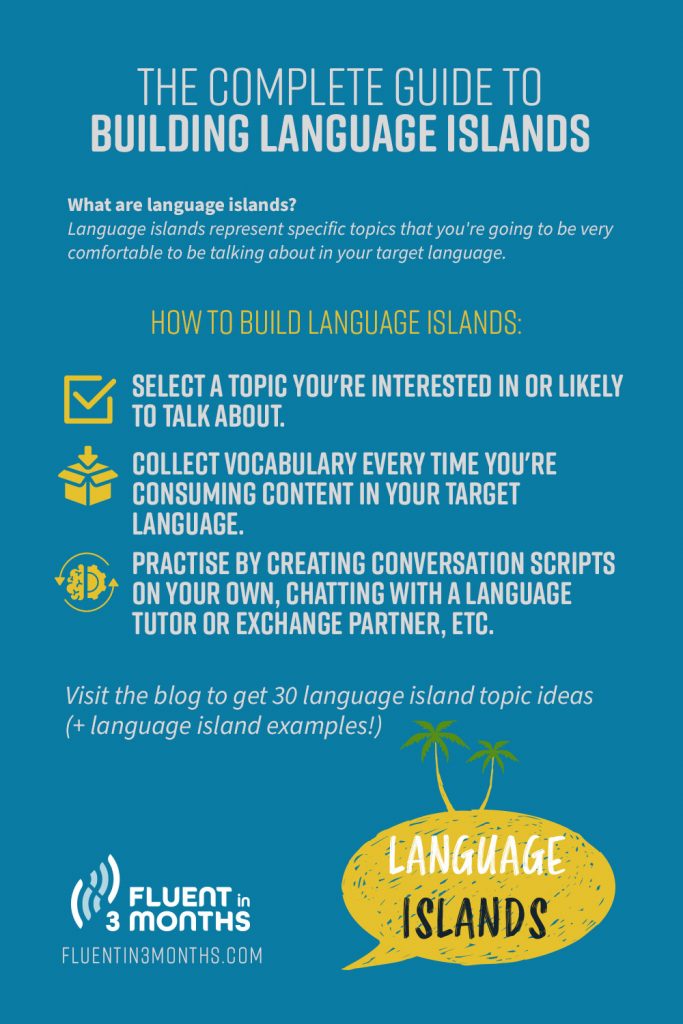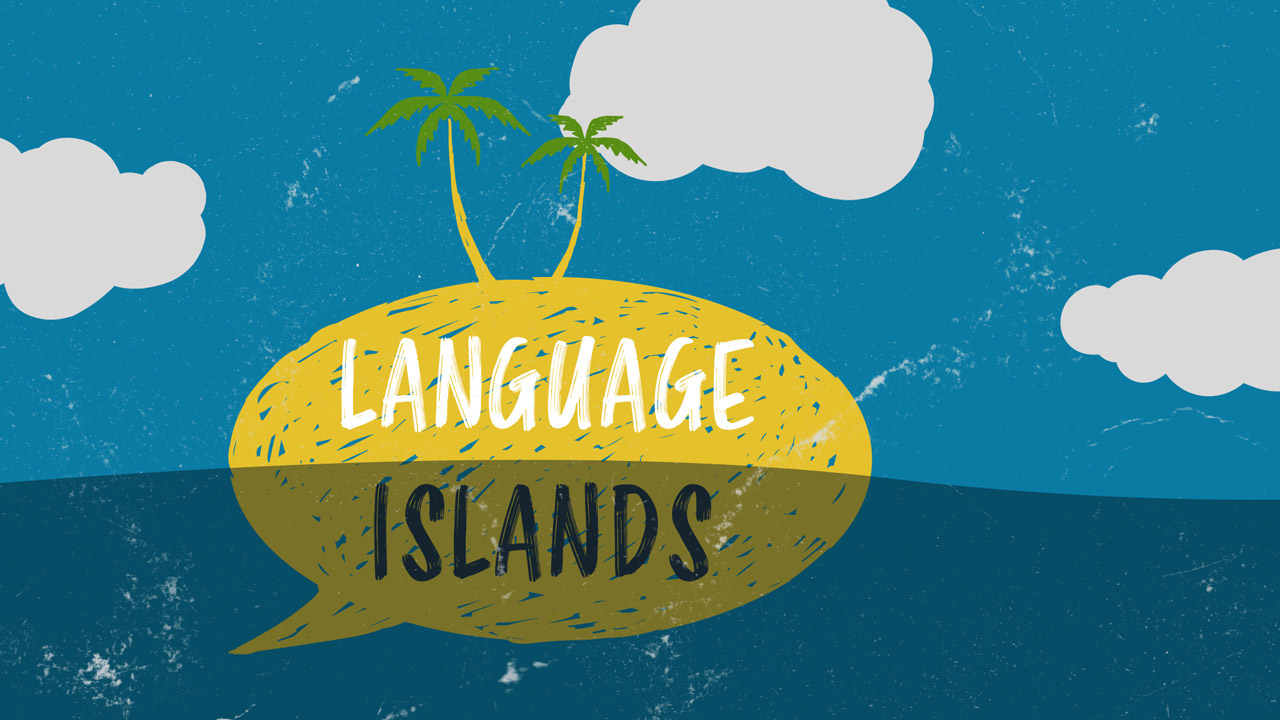The Beginner’s Guide to Language Islands [All the Answers + Examples]
Language islands are a powerful tool to reach fluency faster in your target language. But how can you become an expert at using them?
In this complete guide, I’ll answer all your questions about how to create and use language islands. I’ll also give you 30 topic ideas, and detailed language island examples.
Let’s get started!
Table of contents
- What Are Language Islands in Language Learning?
- How to Build Effective Language Islands
- Are Language Islands Really Helpful to Become Fluent Faster?
- 30 Topic Ideas – What Language Islands Do You Need to Reach Fluency Faster?
- Examples of Language Islands
- How Else Can I Help You Get Fluent Faster? Let Me Know!
What Are Language Islands in Language Learning?
In language learning, language islands represent specific topics that you’re very comfortable talking about in your target language.
Imagine you’ve just started learning your new language. It’s like being lost at sea, you don’t have anything to grab onto. Are you going to try to find an entire continent, this would be you speaking the language fluently?
It’s much easier to make a little language island that you can feel comfortable on. There, you will have the time and confidence to keep building other language islands.
Eventually, there won’t be water for you to drown in.

Language islands are a technique we come back to quite often with participants in the Fluent in 3 Months Challenge, which is all about learning to speak your target language from day one.
Note: The term “language islands” is also used to describe “language pockets”. These are places where a certain language is spoken which are surrounded by an area where another language is predominant. You can learn more about them here.
Language islands as we use them are a technique explained by Boris Shekhtman in his book How to Improve Your Foreign Language Immediately.
Now, each language learner can adapt this technique to their needs and preferences. So how can you use language islands in your language learning strategy?
How to Build Effective Language Islands
Step 1: Choose the Right Topic
Language islands are your lifeline in a conversation in your target language. The more comfortable you are with the topic, the better!
I always try to work on things that I would talk about in my native language. My language islands have to be relevant to my situation, so that might be:
- My travels
- My work
- My studies in electronic engineering
- My passions
- My hobbies
A good way to choose a topic for your first language island is to think about what you’re passionate about. Talking about something you like a lot makes you more enthusiastic!
(Don’t panic if you’re not sure what topic to choose. I’ve written a list with 30 topics to inspire you. You can find it at the end of the post.)
Step 2: Treasure Hunt Vocabulary
Once you’ve selected a topic for your language island, it’s time to start building.
What goes into a language island?
Any vocabulary related to the topic you chose can go into your language island. This includes:
- Phrases
- Expressions
- Individual vocabulary (nouns, verbs, adjectives, etc.)
As a beginner, start with the most basic vocabulary
Where can you find vocabulary for your language islands?
- Podcasts
- YouTube channels
- Online searches
- Blogs
- Books
- Magazines
- Textbooks
- Movies
- Documentaries
- Translation apps
- Wikipedia articles
- Tutoring sessions
- Language exchange sessions
Language hacker tip: As a beginner, look for short content or content aimed at learners or native-speaking children. As an intermediate or advanced learner, you can get much more out of content made for native speakers.
For example, I like to follow technology YouTube channels in my target languages. That way, I can stay on top of technology trends and build my language islands.
How can you store vocabulary for your language island?
First, it’s important to have a place where you can collect all vocabulary related to your language island. I call these “vocab vaults”. Make sure it’s something you can always have access to.
Here are a few options:
- Google Spreadsheet (my personal favourite)
- Anki
- A notebook
- A notes app
Now let’s say you’re watching a video about gardening in your target language, and “gardening” is one of your language islands.
When you notice a new word that is important for this theme, add it to your vocab vault for that language theme.
In my case, I might come across something related to computer terminology, or the latest gadgets coming out. Whatever it might be, I decide that it belongs to my technology language island.
How much vocabulary do you need on your language islands?
Aim for a base of twenty words and phrases when you start building a language island.
As you go on and get more exposure, keep adding vocabulary to your vocab vault. An efficient language island is made up of as much vocabulary as possible!
Step 3: Practise
Practising using language islands can come in a variety of ways. Here are some ideas:
- Use your language islands to build conversation scripts, or a language learner’s “cheatsheet”.
- Discuss your language island topics with a tutor or language exchange partner. That’s also a good idea to get more vocabulary.
- Record yourself talking about the topic.
- Write blog posts related to your language island.

Are Language Islands Really Helpful to Become Fluent Faster?
It feels so intimidating looking at fluency from an absolute beginner’s perspective. But getting there is a collection of small steps forward.
I like language islands because they give you something achievable. When you pick these very narrow specific things that you can learn it feels like you have a finite amount of vocabulary to learn. It’s way less overwhelming!
Plus, language islands allow you to focus on the vocabulary you will actually use because you choose it yourself.
I highly recommend you think about that rather than trying to be fluent in every possible concept. Try to be very confident about one specific thing. Eventually, you will be able to consume content related to the language islands you build and be able to talk about them.
Even better, your inability to communicate will start to disappear when your language islands start overlapping. Imagine common words between language islands as little bridges connecting topics to each other.
Language islands are so useful that we recommend them to our Fluent in 3 Months Challenge participants in order to achieve having a 15-minute conversation in 90 days.
30 Topic Ideas – What Language Islands Do You Need to Reach Fluency Faster?
- Traveling
- Language learning
- Your studies
- Your job
- Family and family history
- Your childhood and origins
- Your plans and dreams
- Fruits
- Vegetables
- Domestic pets
- Wild animals
- Weather
- House
- History
- Technology
- Geography
- Politics
- Science
- Reading
- Movies
- Clothes
- Vacations
- Collecting
- Gardening
- Sports
- Podcasts
- Music
- Beauty and skincare
- Culture (like the Kawaii culture from Japan)
- Poetry
Examples of Language Islands
Example 1: Language Island About Cooking
Topic: Cooking
Where to look for vocabulary: Recipe books, food blogs, cooking YouTube channels, recipes in magazines, etc.
Vocabulary list: food, knife, chef, to chop, to heat, water, pan, vegetable, dessert, table, cutting board, to mix, dish, a pinch, to salt, sweet, thick, stir until, add the remaining…
How to practise: Mini-mission: create weekly recipe videos. Prepare a conversation script with the new vocabulary you gathered over the week, and get filming!
Example 2: Language Island About Movies
Topic: Movies
Where to look for vocabulary: run an online search for “movie vocabulary”, TV magazines, streaming platforms, movie review videos on Youtube, movie review blogs, etc.
Vocabulary list: camera, actors, movie theater, to record, to set up, genre, adventure, comedy, rating, film crew, credits, interesting, boring, two-hour long, to be set in, script, soundtrack, special effects…
How to practise: Write movie reviews in your target language! They can be as short or as long as you want, and you can post them on forums. If you get replies, that’s good feedback and more vocabulary!
How Else Can I Help You Get Fluent Faster? Let Me Know!
Language islands are only one of my language learning tools, there are so many more.
I love writing guides like this to help you learn more about language learning techniques and become fluent faster. It’s also the focus of my podcast, the Language Hacking Podcast.
In fact, this post is based on one of my Ask Benny episodes (find it here), where I reply to questions you ask me about language learning.
If you are interested in any other topics, I’d be more than happy to explain them. Find me on Instagram (@irishpolyglot), TikTok (@irishpolyglot), and Twitter (@irishpolyglot), and ask away.
You can also browse these other Fi3M articles related to language learning:



Social